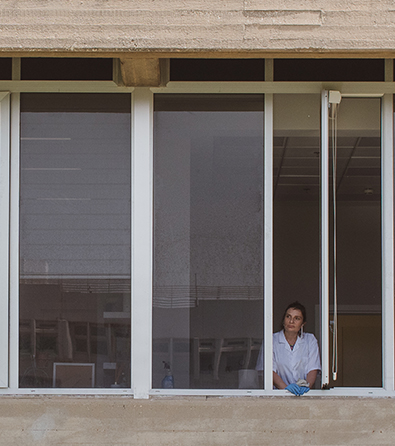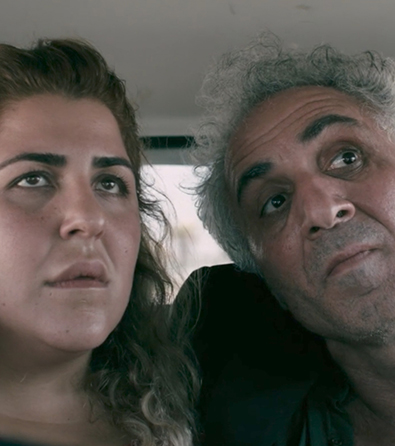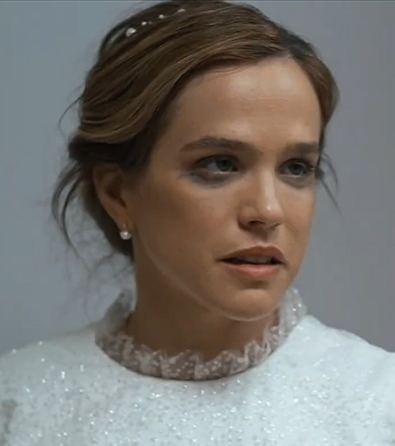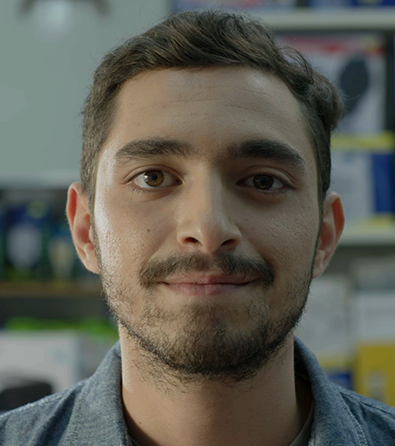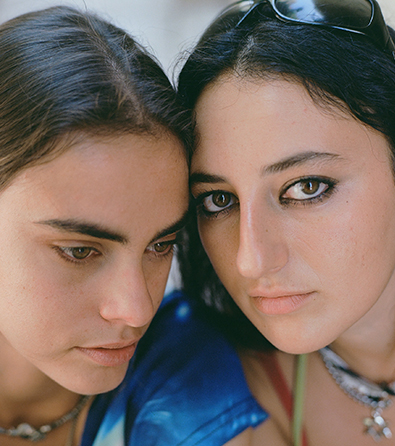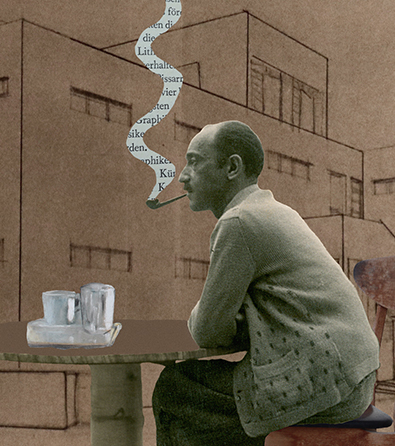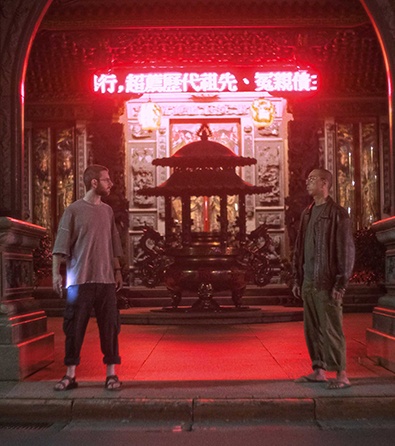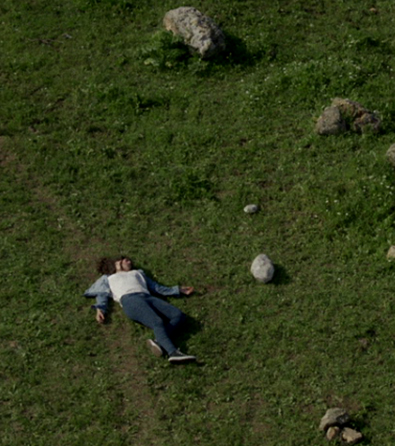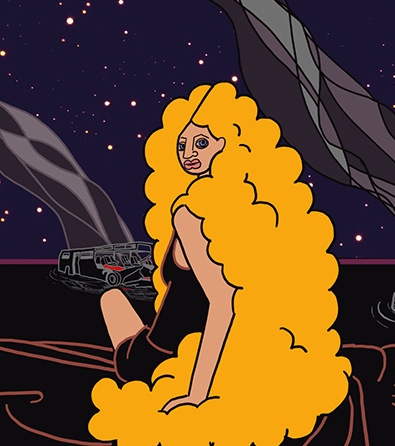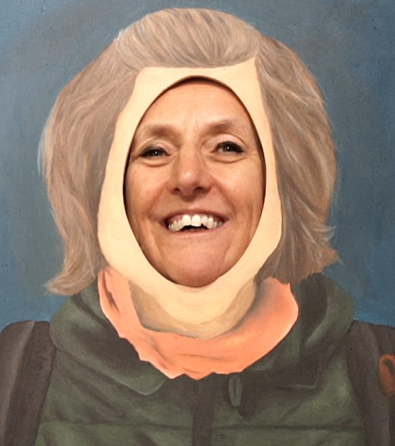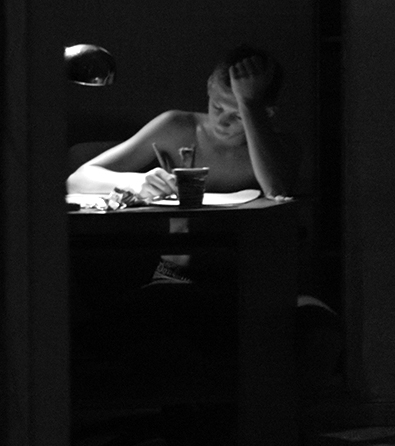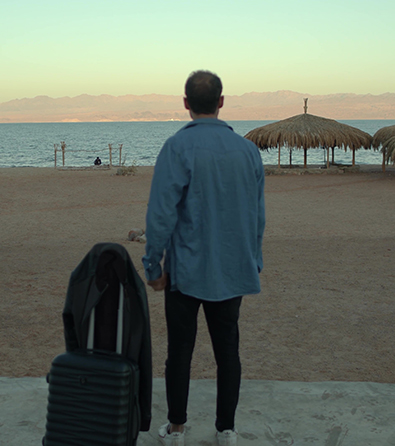Watch the short animation film Still Here (6:27 minutes) at the top of the page.
* To watch this film, please approve YouTube/Vimeo cookies via the blue cookie icon at the bottom left of the screen.
Adolescence, especially among those on the social fringes, has long captivated literary writers and filmmakers from literary classics such as Victor Hugo’s “Les Misérables”, Charles Dickens’s “Oliver Twist” and “Great Expectations” (which were later adapted into films) to Cinematic classics such as François Truffaut’s French New Wave film “The 400 Blows”. It continued with the hyper-realism of Harmony Korine and Larry Clark’s “Kids”, Fernando Meirelles’ “City of God”, and culminated in Simon Lereng Wilmont’s poignant documentary “A House Made of Thorns”, which was nominated for an Oscar in 2023.
The protagonists of these works share a common thread: the need to mature as soon as possible and confront a brutal, often violent reality without the guidance of a responsible adult. The more perilous their surroundings, the more intense and unsettling their on-screen coming-of-age experiences become.
Consider the skateboarding teenagers in the AIDS-affected New York of “Kids” 1995, the young drug dealers in Rio de Janeiro’s violent favela in “City of God” 2002, the war orphans in “Children of Sarajevo” 2012, and the institutionalized children in a divided Ukraine in “A House Made of Splinters” 2022. Similarly, the characters in the classic animated short Golden Margarita by Keren Karasik, 2021, try to navigate the fine line between youthful innocence and the ruthless adult world. The adults in these films are often absent, dysfunctional, or exploitative, leaving the youth to fend for themselves amidst stolen moments of joy and adolescent thrill.
“Children remain children, regardless of their circumstances. They don’t perceive their own suffering,” Karasik says, explaining her motivation to create Golden Margarita. The film draws from real-life coming-of-age stories she heard from relatives, friends, and their parents who grew up in Russia and Ukraine. The stark contrast between their matter-of-fact recounting of events and the extremely grim settings where they occurred inspired the film’s design. Over 600 unique hand-drawn Panda color paintings depict a bleak, post-apocalyptic cityscape in stark black and white, while the children are rendered in vibrant, “childish” colors, symbolizing their resilience and innocence amidst decay. Even the golden margarita flower, with its yellow cheerfulness, is not affected by the surrounding depressing neglect. Thus the materiality of the panda colors also embodies within it an allusion to a state of mind – the non-smooth, lumpy, and not completely controlled smears reveal not only the truth of the material but also the truth of the soul. It is perhaps Karasik’s own version of hyperrealism.
Like filmmakers Harmony Korine, Larry Clark, and Fernando Meirelles, Karasik focuses on the perspectives of her young characters, presenting their experiences without judgment. She believes it prompts viewers to question their own interpretations and confront their discomfort with the gap between their perceptions and those of the young protagonists. For instance, an older man’s interaction with a young girl might seem exploitative to viewers, while the girl in the film perceives it simply as an adventure and therefore hardly reacts to it. “If the character doesn’t view an event as traumatic, I don’t feel I have the right to intervene,” Karasik states, emphasizing her hands-off approach. However, she subtly guides her audience’s emotions through other cinematic expressions – using abstract visuals and unsettling sound, the latter of which she describes as her “representative in the film.”
While Karasik leaves much open to interpretation, underlying themes of suppressed trauma and coming-of-age experiences permeate the film. These experiences, like radioactive radiation, might seep into the soul, revealing their traumatic effects only later in life. But perhaps it is merely one’s own interpretation.
Golden Margarita was produced as part of Keren Karasik’s undergraduate final project at the Department of Screen-Based Arts, Bezalel Academy of Arts and Design, in 2021.
The short animation film Still Here is available to watch at the top of the page.
